Walter Gropius - An Illustrated Biography
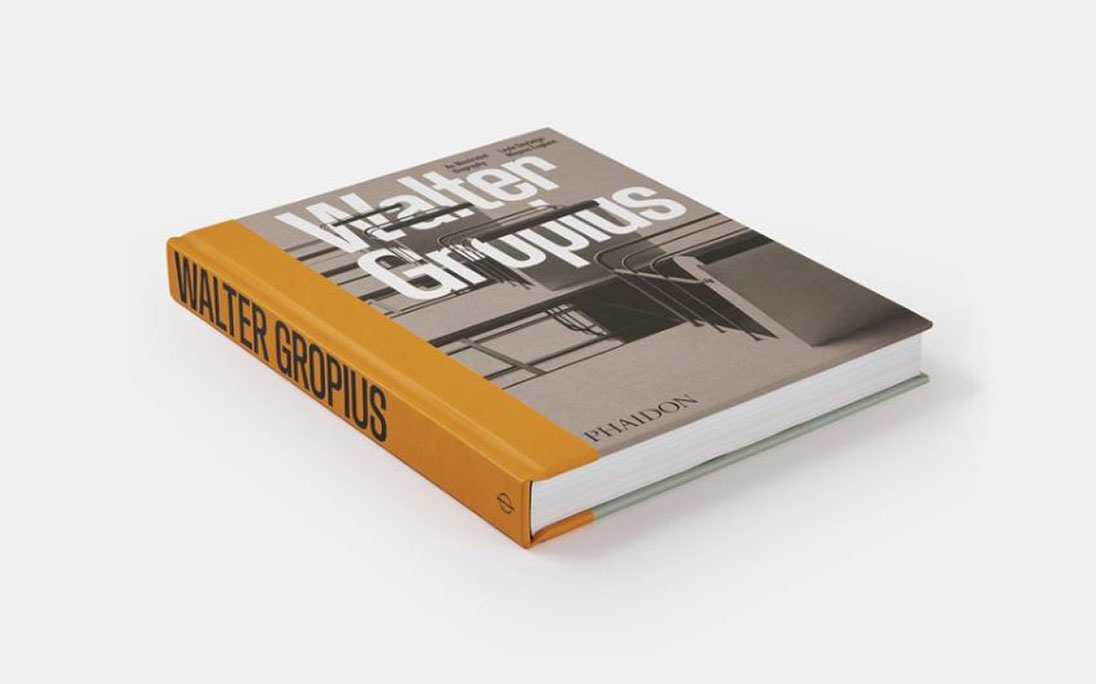
Join us in welcoming Phaidon and authors Leyla Daybelge and Magnus Englund at Aram Store, where together we will launch Walter Gropius: An Illustrated Biography on Thursday 27 October, between 18:00 and 20:00 - with an intimate authors’ talk at 19:00 and the unveiling of two previously unseen objects designed by the founder of the Bauhaus during his time in London.
Featuring more than 375 illustrations, Daybelge and Englund’s visual biography sets out to explore the contradictions of Walter Gropius’ life and career as one of the world’s most influential architects and educators. ‘What emerges is not the grey man of architecture, but a man of enormous passion, intellect, conviction and integrity, who maintained a lifelong band of loyal and affectionate collaborators’, reads an excerpt from the book.
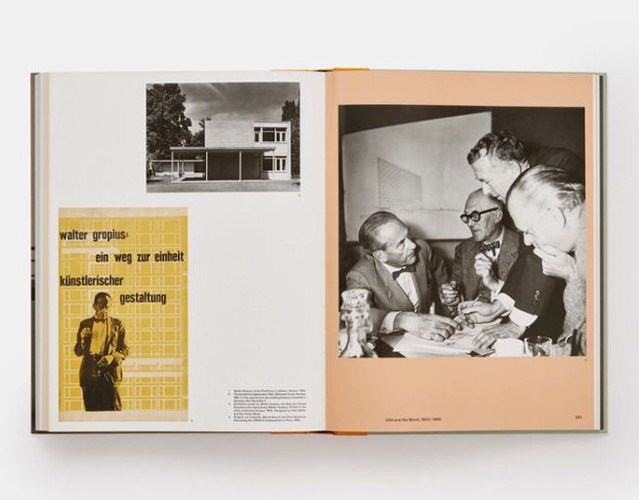
Inside Walter Gropius: An Illustrated Biography
Born in Berlin in 1883, ‘Gropius’ first life was in Germany’. Having studied Architecture at the University of Berlin, in 1908 Gropius became the Chief Assistant to German architect Peter Behrens - whose impressive cohort of assistants included Le Corbusier, Mies Van der Rohe, and Adolf Meyer (with whom Gropius would go on to form a private practice).
Gropius and Meyer’s first major building together - the Fagus Last Shoe Factory, 1911 - would employ a radical architectural vocabulary, launching their names as pioneers of the Modern movement in Germany and gaining momentum for an industrial language that they would further develop in a scheme for the Werkbund Exhibition in 1914.
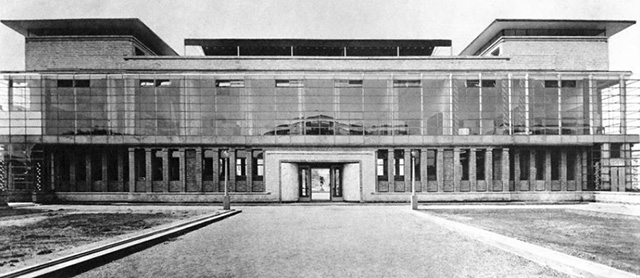
Werkbund Model Factory in Cologne, 1914 Credit: Phaidon
However, shortly thereafter the private practice’s design work would be halted by the outbreak of the First World War, during which Gropius was drafted by the German Army and served on the Western Front. ‘As a young Hussar officer during the First World War, he was buried alive, injured in a devastating plane crash, exposed to a close-range mortar attack and, in one single incident, survived being shot through his cap, the sole of his shoe and through both sides of his coat,’ recount Daybelge and Englund.
Having only narrowly survived (a miraculous feat for which he was awarded a prestigious Iron Cross), in 1919 Gropius superseded Belgian painter Henry van der Velde as Director of the Arts and Crafts School in Weimar, transforming it into the Bauhaus - a revolutionary school of art, design and architecture taught by craftsmen and artists.
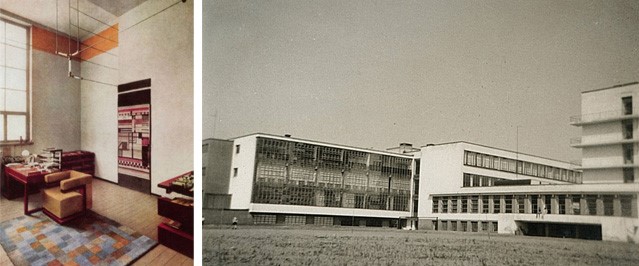
Left: Gropius’ office in Weimar Credit: Phaidon; Right: Bauhaus Building in Dessau,1925/26. Photographer: unknown
In 1925, Gropius re-established the Bauhaus in Dessau, taking up residence the Bauhaus Building and Masters’ Houses which he designed himself and attracted a cohort of distinguished teachers. ‘Gropius’ genius lay in assembling the world-class faculty of artists’, assert Daybelge and Englund. From Russian painter Wassily Kandinsky to Swiss-born German artist Paul Klee, Gropius’ discerning choice of faculty members would enable pupils of the Bauhaus - Marcel Breuer, Wilhelm Wagenfeld, Marrianne Brandt and many more - to become Modernist giants in their own right. Indeed, to this day Aram sells work by all three former pupils: from Breuer’s Wassily Lounge Chair (named after Wassily Kandinsky for whom the first prototype was made) from Knoll, S32V Side Chair and S64 Arm Chair manufactured by Thonet, to Wagenfeld’s 24, 25 and 27 Table Lamps and Brandt’s Bauhaus Ashtray MB24, Silver Bauhaus Teapot and Bauhaus Counterweight Pendant 50 manufactured by Technolumen.
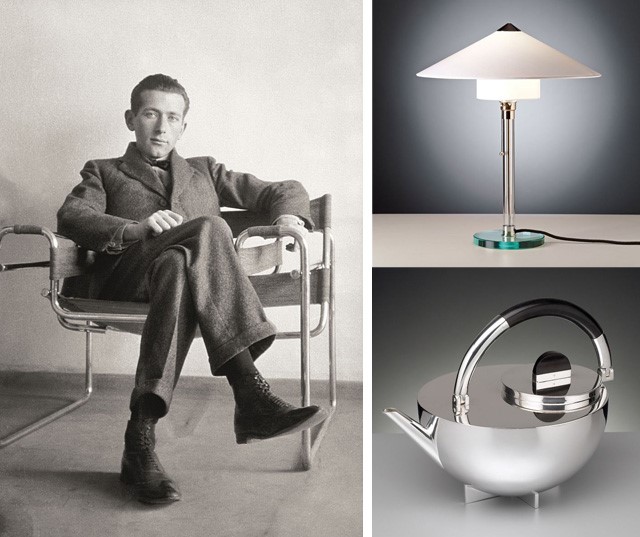
Clockwise from left: Marcel Breuer sat on his Wassily Lounge Chair Photographer: Unknown; Wagenfeld’s 27 Table Lamp and Brandt’s Silver Bauhaus Teapot Credit: Technolumen
Later forced out by the far-right National Socialist Party, in 1928 Gropius resigned as Director of the Bauhaus reverting back to private practice. By 1933, in spite of the extraordinary concentration of artistic and pedagogic talent in Dessau (although this too caused much internal turmoil!), political instability and the rise of Nazism saw the premature closure of the school - an important symbol of anti-Nazi Germany that would not be restored until its poetic reopening in 1976 - its 50th Anniversary.
With the Nazi’s seizure of power in 1933 and the collapse of public funding in social architecture after the financial crash, ‘Gropius’ second life was as a celebrated, but impoverished exile from Nazi Germany’. Leaving behind their haut bourgeois lifestyle with live-in staff and Adler saloon, in 1934 Gropius and his second wife, Ise, fled to London - assisted by English architectural critic Morton Shand and architect Maxwell Fry, who had befriended Gropius earlier that year when he had visited London to attend the opening of his exhibition at the RIBA. Once in London, Gropius took up residence in Flat 15 of the Lawn Road apartment block thanks to the generosity of English furniture entrepreneur Jack Pritchard, who offered the flat to the couple rent-free.
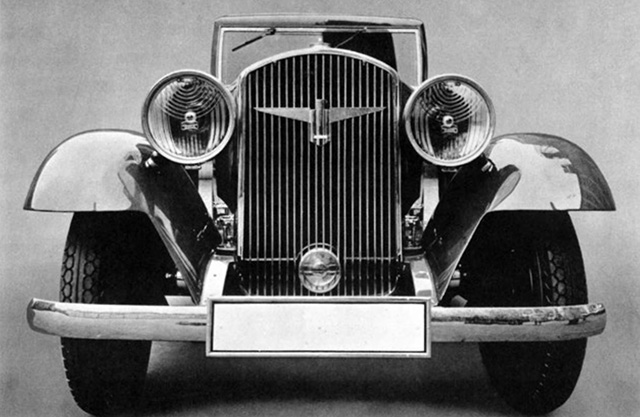
Adler X designed by Walter Gropius, 1930 Credit: Phaidon
Heavily inspired by the Bauhaus, the Modernist apartment block - known as the Isokon - had been commissioned by Jack and Molly Pritchard and realised by architect Wells Coates in 1934. Pioneering minimal living, in the 1930’s and 1940’s it became the creative nexus for artists, writers and thinkers. Joining Gropius and his wife were an ever expanding list of famous residents - English writer Agatha Christie, Hungarian-born architect and former pupil of the Bauhaus Marcel Breuer, Hungarian painter László Moholy-Nagy, the first celebrity chef Philip Harben, and local artists Henry Moore and Barbara Hepworth - all of whom contributed to the buildings fascinating history ‘of war, sex, death, espionage and infamous dinner parties’.
Although the Pritchards would later sell the apartment block, in the early 2000’s it was meticulously renovated. In fact, Magnus Englund is a former resident of the Isokon penthouse and a current Trustee of the Isokon Gallery - as is Daybelge.
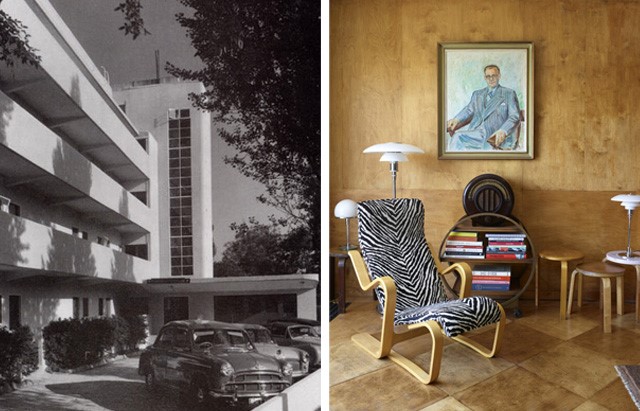
Left: Isokon Buidling Credit: Isokon Archive; Right: Isokon Penthouse during Magnus Englund’s tenure Photographer: Rachael Smith
In 1934, Gropius set up a private practice with Maxwell Fry, however the search for work during Gropius’ time in London was a constant struggle with only a handful of commissions - two houses, a school, and a film laboratory - ever realised. In 1935, Pritchard appointed Gropius as Controller of Design for the Isokon Furniture Company which suggested the prospect of more work, however, it was Marcel Breuer, whom he in turn delegated as designer, that would ultimately benefit. Undoubtedly a humbling and devastating experience for the founder of the Bauhaus, ‘with some dignity Gropius endured this change in his circumstances’. Indeed, although his architectural output during this time was limited, his lectures, unrealised projects and presence at the centre of the artistic community garnered excitement for Modernism in Britain, as explored in Daybelge and Englund’s 2019 book Isokon and the Bauhaus in Britain.

Left: Levy House in Chelsea, 1936 Credit: Phaidon; Right: Film Laboratories in Denham, 1936. Credit: Phaidon
Although Gropius applied for permission to settle in England, ‘his third and last life, took him to the USA’. When his growing frustration and failed commissions were coupled with the offer of a prestigious Professorship at Harvard University, in 1937 Gropius exited Europe to take up his position as Professor of Architecture at the Graduate School of Design where he would be instrumental in the development of the International Style in America. Designing his own house in Lincoln, Massachusetts, with funds provided by philanthropist Helen Storrow, the simple interior was filled with Marcel Breuer’s furniture designs.
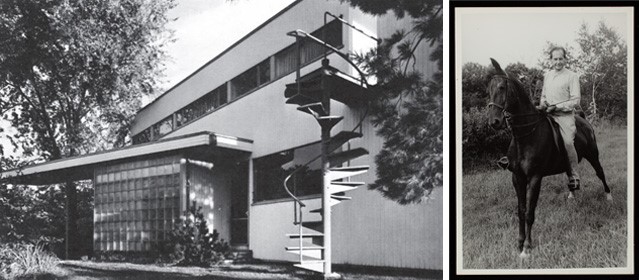
Left: Walter and Ise Gropius’ House in Lincoln Massachusetts, 1937/38 Credit: Phaidon; Right Gropius on his morning ride, 1940. Credit: Phaidon
Though his Harvard appointment would consolidate his genius as an educator - with pupils including the now famous names of I.M. Pei, Philip Johnson, and Paul Rudolph - Gropius returned to his foremost calling as a practitioner. After an initial partnership with Breuer (who had also been appointed as a Professor at Harvard), Gropius soon set up a group practice with six of his former Harvard pupils. Together they were known as The Architects Collaborative (TAC). The highly regarded practice was responsible for many internationally acclaimed designs - including the Harvard Graduate Centre, 1949; Baghdad University Entrance, 1957; PANAM headquarters in New York, 1963; and a project for the German Ambassadorial Residence in Buenos Aires, 1968. Gropius would continue to work as a practicing architect right up until his death in 1969 - at the age of eighty-six!
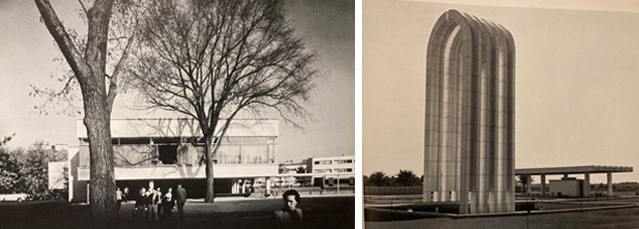
Left: Harvard Graduate Center, 1949 Credit: Phaidon; Right: Baghdad University Entrance, 1960s Credit: Phaidon
Importantly, Daybelge and Englund present Gropius as not only a key figure of 20th century architecture, but as ‘a generous connector, protector, and benefactor who improved the lives and careers of all those with whom he came into contact’. Unlike his best-known contemporaries, throughout his career Gropius preferred to work in a team. In great admiration of this, Swiss architectural historian Sigfried Giedion (a friend of Gropius’) once mused: “He possesses a gift rarely owned by creative people […]. He can give ungrudging recognition to the work of others. He is sincerely interested in the achievements of his fellows and spares neither time nor effort to stand up for them and their work.”
‘In the end’, write Daybelge and Englund, ‘what mattered most to Walter Gropius, in his long and achievement-packed life, were the people - colleagues, students, compatriots, partners, protégés, patrons and enlightened clients.’
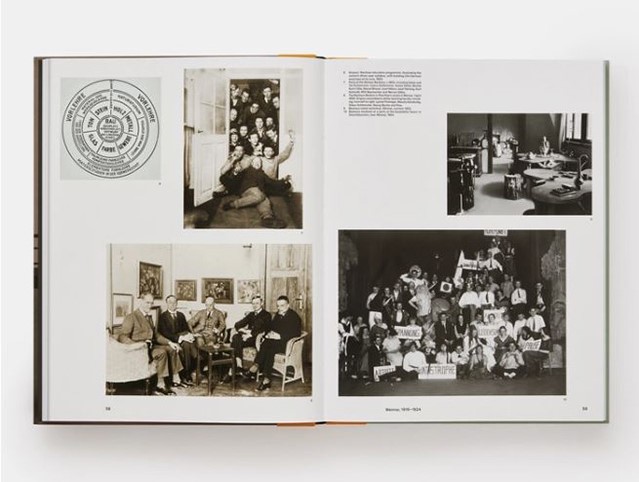
Inside Walter Gropius: An Illustrated Biography
Save the date:
Book Launch - Walter Gropius: An Illustrated Biography
Thursday 27 October, between 18:00-20:00
Authors’ Talk 19:00
110 Drury Lane
Covent Garden
London
WC2B 5SG
All are welcome, but please RSVP to [email protected]